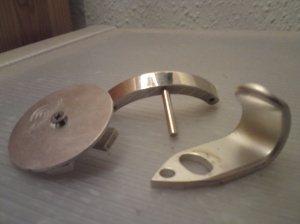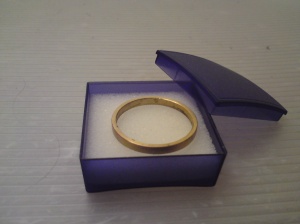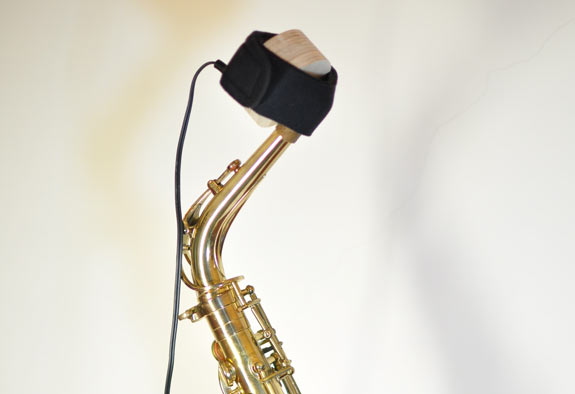This is not a paid advertisement it is just a self endorsement of a product I would recommend to any serious saxophone players.
I already know I am probably going to get some hate comments but for anyone who has the time and money I highly recommend a product sold by Meridian winds, the saxophone resonance weights. As of right now I know they only sell them for alto sax, not sure if it would fit tenor, bari, etc..
I have been using this product for about 3-4 months and at first I put on my sax, and didn't really think much of it. A few months later I decided to take it off and play a few scales and songs. My first thought when taking this off after months of using it my saxophone sounded like it didn't resonate very well and the sound was not as rich as I usually perceive it to be. I do not know the science behind it but I do know it does have some sort of affect on the way you perceive your sound weather or not it is a placebo affect.
These weights were made for both Selmer and Yamaha saxophone, and they come in different sizes, shapes and finishes. The one I use that I personally think has the most affect on my sound is the 5 oz. solid German silver weight. The way it work is you connect it to the brace of your saxophone, which helps hold the actual tube and bell of the saxophone and it supposedly makes your sound more rich and resonant. It does come with an option to engrave the weight but I thought that would be a waste of money. If you are interested in trying out the weight from Meridian Winds I will leave a link down below.
Notable saxophone players that use this are Otis Murphy, Timothy McAllister, Donald Sinta, and Joe Lulloff.
Thanks for reading this and I hope you take some time to look into this and try it out yourself.
https://www.meridianwinds.com/product-category/woodwinds/saxophone-woodwinds/center-brace-resonance-weights/
I already know I am probably going to get some hate comments but for anyone who has the time and money I highly recommend a product sold by Meridian winds, the saxophone resonance weights. As of right now I know they only sell them for alto sax, not sure if it would fit tenor, bari, etc..
I have been using this product for about 3-4 months and at first I put on my sax, and didn't really think much of it. A few months later I decided to take it off and play a few scales and songs. My first thought when taking this off after months of using it my saxophone sounded like it didn't resonate very well and the sound was not as rich as I usually perceive it to be. I do not know the science behind it but I do know it does have some sort of affect on the way you perceive your sound weather or not it is a placebo affect.
These weights were made for both Selmer and Yamaha saxophone, and they come in different sizes, shapes and finishes. The one I use that I personally think has the most affect on my sound is the 5 oz. solid German silver weight. The way it work is you connect it to the brace of your saxophone, which helps hold the actual tube and bell of the saxophone and it supposedly makes your sound more rich and resonant. It does come with an option to engrave the weight but I thought that would be a waste of money. If you are interested in trying out the weight from Meridian Winds I will leave a link down below.
Notable saxophone players that use this are Otis Murphy, Timothy McAllister, Donald Sinta, and Joe Lulloff.
Thanks for reading this and I hope you take some time to look into this and try it out yourself.
https://www.meridianwinds.com/product-category/woodwinds/saxophone-woodwinds/center-brace-resonance-weights/


















